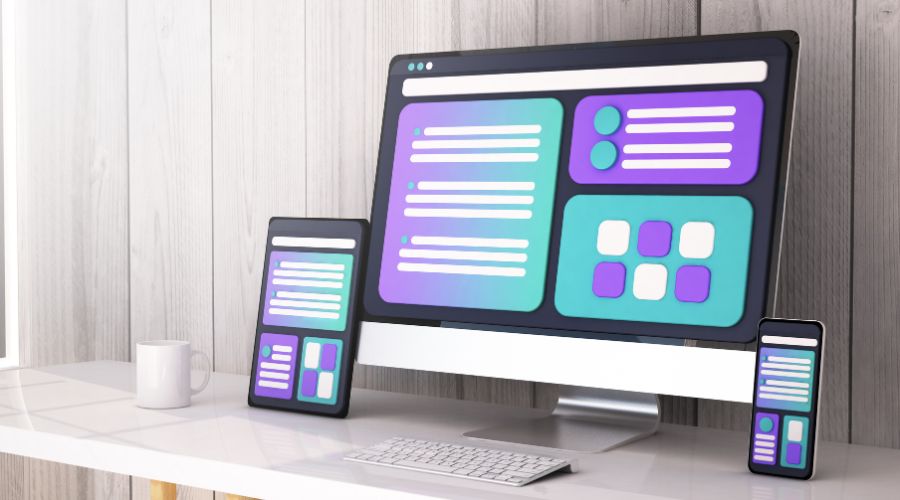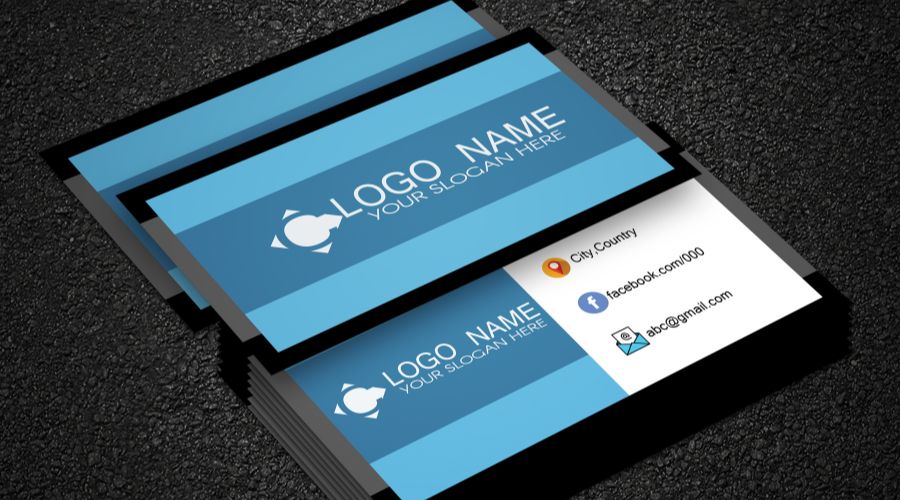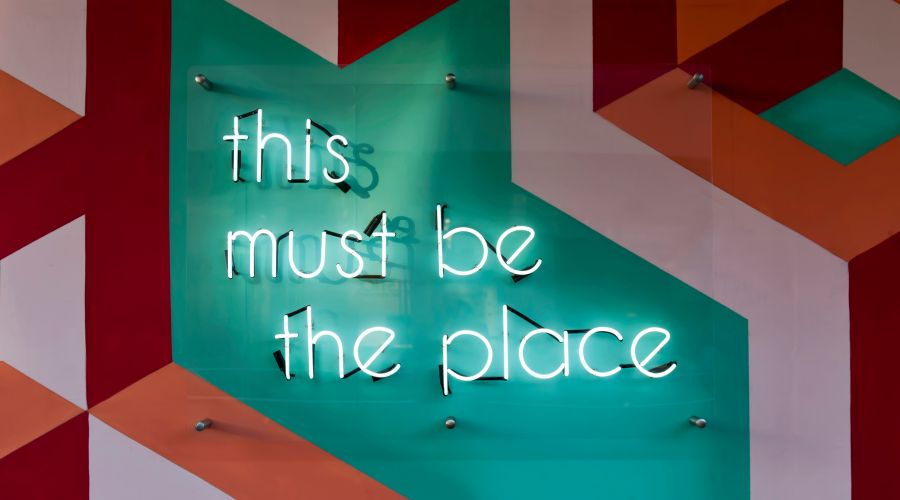In the competitive world of hospitality, your menu is key. It’s not just a list of dishes; it’s a tool that can make or break your restaurant. A well-designed menu can guide customers to high-margin items, boosting your revenue. But how do you create a menu that truly captivates your audience? The answer is in understanding menu design psychology and the latest trends.
In Australia, restaurant owners and managers know the menu design’s importance. Your menu is often the first thing customers see, reflecting your brand and their preferences. How can you make sure your menu looks good and boosts your profits?
Are you ready to create a menu that impresses customers and grows your business? Let’s dive into the essential menu design elements and strategies that successful restaurants use to stay ahead.
Key Takeaways
- A well-designed menu can be a powerful tool for maximizing revenue and creating a memorable dining experience.
- Understanding customer preferences and industry trends is crucial for creating a menu that resonates with your target audience.
- Effective menu design principles, such as strategic layout and use of visuals, can guide customers toward high-margin items.
- Incorporating psychological pricing strategies can influence customer behavior and drive sales.
- Regularly updating your menu and highlighting specials can keep customers engaged and coming back.
Understand Your Target Audience
Creating a menu that captures your customers’ hearts is crucial. To do this, we need to know our audience well. We must understand their likes, demographics, and what’s new in food trends. This way, we can make our menu a perfect fit for what they want.
Gather Customer Insights
Surveys, comment cards, online reviews, and social media can give us a lot of insight. Talking directly to customers can also offer great feedback. Knowing who they are, like their age and what they like to eat, helps us pick the right menu items.
Stay Informed on Food Trends
Keeping up with food trends is key to staying ahead. Adding popular and new dishes to our menu can attract more customers. By watching industry news, going to food events, and talking to food experts, we can spot trends and update our menu.
| Benefit | Impact |
|---|---|
| Improved marketing messages due to a better understanding of prospects | Higher customer loyalty |
| Laser-targeted ads for target audiences | Higher returns on ad spending |
| Enhanced open rates, deliverability, and conversions in email marketing | Attributed to a well-defined “Customer Avatar” or “Buyer Persona” |
| Personalizing marketing efforts | Standing out from the competition, as 76% of consumers prefer businesses that tailor their marketing strategies |
By knowing our target audience, getting customer insights, and keeping up with food trends, we can make a menu that our customers will love. This helps us stay ahead in the fast-changing food world.
Keep It Simple and Organized
At the heart of a good menu design is a balance between simplicity and organization. A messy and confusing menu can overwhelm customers. This can make their dining experience less enjoyable. So, the key to a successful menu is to have fewer items and organize them well.
Limit the Number of Items
Customers often get tired when faced with too many choices on a menu. By having fewer items, we can ease this problem. Studies show that customers usually spend only 109 seconds looking at a menu. So, keeping it short is very important.
Organize Items into Logical Categories
Putting the menu into clear categories makes it easier to read and use. This not only makes the menu look better but also helps customers make choices faster. Using clear headings, bullet points, and space makes the menu easy to scan and attractive.
| Menu Category | Ideal Number of Items |
|---|---|
| Appetizers | 5-7 |
| Entrees | 7-10 |
| Desserts | 3-5 |
| Beverages | 5-7 |
By focusing on menu simplicity and menu organization, we can make dining experiences better. This approach reduces decision fatigue and boosts sales and customer happiness.
Utilize Eye-Catching Visuals
In the world of restaurant menus, visuals are key. High-quality menu visuals, like food photography, greatly influence what customers choose. People often decide what to eat by looking first, making how your dishes look very important.
Use High-Quality Photographs
Investing in food photography for your signature dishes can boost your menu’s appeal. These images make your food look irresistible, sparking customers’ interest in trying more.
Incorporate Icons and Illustrations
Adding icons and illustrations to your menu can also help. They make it easy for customers to find what they want, like gluten-free or vegan options. This makes their dining experience better and easier to navigate.
| Feature | Benefits |
|---|---|
| Digital Menu Displays |
|
| High-Quality Food Photography |
|
| Icons and Illustrations |
|
By using menu visuals, food photography, icons, and illustrations wisely, you can make your menu attractive and user-friendly. This approach can lead to happier customers and more sales.
Menu Design Principles
In the world of menu engineering, how items are placed, visuals, and dish descriptions matter a lot. Restaurants use menu engineering and customer psychology to guide customer choices. This helps them sell more of their most profitable dishes.
One key method is placing high-margin or signature dishes in the “golden triangle”. This area includes the top right, top left, and center of the menu. It subtly directs customers to the items the restaurant wants to sell the most.
Using descriptive language that brings dishes to life can make them more appealing. This can help justify higher prices. But, it’s important to stay true to the dish and avoid making false promises that might let customers down.
Key Menu Design Principles
- Streamline the menu by limiting options and organizing items into logical categories
- Utilize high-quality food photography and icons to visually highlight signature dishes
- Employ descriptive language that tantalizes the senses and enhances the perceived value of menu items
- Strategically place high-margin or signature dishes in the “golden triangle” of the menu
- Align menu design with the restaurant’s brand identity and target audience
By applying these menu design principles, restaurants can create menus that showcase their culinary skills. They also guide customers to the most profitable and enjoyable dining experiences.
Implement Strategic Pricing Techniques
At our restaurant, we see menu pricing as more than just a number. It’s a way to shape how customers think and feel, and it affects our profits. We use smart pricing to make our menu both appealing and profitable.
Use Psychological Pricing Strategies
We use psychological pricing to make our prices seem better. Prices ending in .99 or .95 look more inviting. This strategy helps us sell more and make more money.
We also think carefully about our pricing strategy. We want to keep our menu prices right. A good restaurant should spend 28-35% of its money on food. Our restaurant, Johnny’s Burger Bar, spent 40% last year. We’re working to get back to the 70% gross profit margin goal.
| Metric | Current | Ideal |
|---|---|---|
| Food Cost Percentage | 40% | 28-35% |
| Gross Profit Margin | 60% | 70% |
| Annual Revenue Required | N/A | $406,666 |
By using psychological pricing and setting our prices right, we’re sure we can make a menu that our customers will love.
Choose the Right Typography
In the world of menu design, typography is key. It grabs your customers’ attention and makes their dining better. The right font and size can make your menu easy to read, look good, and reflect your brand. At our place, we pick typography carefully to make our menu both beautiful and easy to use.
We look at many things to find the perfect font. We consider serif, sans-serif, slab-serif, script, and monospace fonts. Each has its own role in web design. We choose fonts that match our brand and make our menu look great.
We also keep up with the latest in font formats. This includes TrueType (TTF), OpenType (OTF), and Web Open Font Format (WOFF/WOFF2). Each format has its own benefits for how fonts look and work on the web. We make sure our menu uses these formats well.
We also pair serif and sans-serif typefaces in our menu design. This makes the menu easy to read and look good. We focus on making the menu easy to use for our customers.
Finally, we think about the legal side of fonts. Fonts are protected by copyright laws. We make sure we follow the rules to keep our brand safe.
In short, choosing the right typography is a big deal for us. We pick fonts and formats carefully to make a menu that looks great and improves your dining experience.
Highlight Specials and Signature Dishes
In the world of menu design, specials, and signature dishes are the true stars. They captivate our customers and show off our restaurant’s culinary skills. By highlighting these dishes, we can draw in diners and make their experience better.
Menu engineering analysis helps us find our “star” dishes. These are the ones that make a lot of profit and are loved by many. We use icons, labels, and smart placement to make these dishes stand out. Descriptions that make your mouth water can also get customers excited.
But it’s not just about looks; how we prepare and train our staff is key too. When our servers confidently talk about our signature dishes, it builds trust and excitement. This makes customers more likely to come back.
Testing and refining our menu design is also important. By checking how changes affect sales and satisfaction, we keep our specials and signature dishes at the heart of a great dining experience.
Exploring Menu Formats
There are many menu formats to choose from, each with its own benefits:
- A la carte menus let diners pick and choose, offering flexibility.
- Table d’hôte menus offer a set menu at a fixed price, great for a full meal.
- Buffet menus are perfect for events, with lots of choices.
- Prix fixe menus offer a set menu with some choices, balancing flexibility and a special experience.
- Tasting menus are for food lovers, with small portions of carefully chosen dishes.
Whether we choose a format, placing our specials and signature dishes in a way that grabs attention is crucial. By constantly improving our menu design and showcasing our culinary stars, we can attract customers and make our restaurant a top dining spot.
Menu Design
A well-designed menu does more than list food options. It can improve the dining experience and help customers make better choices. In fact, Cornell University’s Food Brand Lab study shows that detailed menu titles can increase sales by up to 27%.
Designing a menu involves finding the right balance between looks and organization. The “Golden Triangle” is key, focusing on the middle, top right, and top left corners. Placing top dishes in these spots can lead to more profitable orders.
Menu layout and item grouping are also important. Research shows that appetizers are less chosen if desserts are on the main menu. Keeping them separate can lead to a more balanced meal. Using a smaller font for prices helps draw attention to the dish’s description, not just the cost.
The menu’s look is crucial too. Removing dollar signs from prices can make them seem more valuable. Adding quality photos and illustrations can make the menu more appealing. A well-designed menu can also be a strong branding tool, showing your restaurant’s identity and boosting profits.
Conclusion
Creating a great menu is key to a restaurant’s success. Menu engineering is both a science and an art. It needs careful thought about what customers like and how to make money without losing their satisfaction.
At Small Biz Optimize, we get how important menu design is. Our team in Brisbane, Australia, designs menus that look good and sell well. We use our local knowledge and creative ideas to make menus that attract diners and increase profits.
Whether you’re starting a new restaurant or updating your menu, a well-designed menu is vital. By focusing on design, pricing, and visual appeal, you can make a menu that impresses customers and boosts sales. Invest in your menu, and watch your restaurant thrive.






